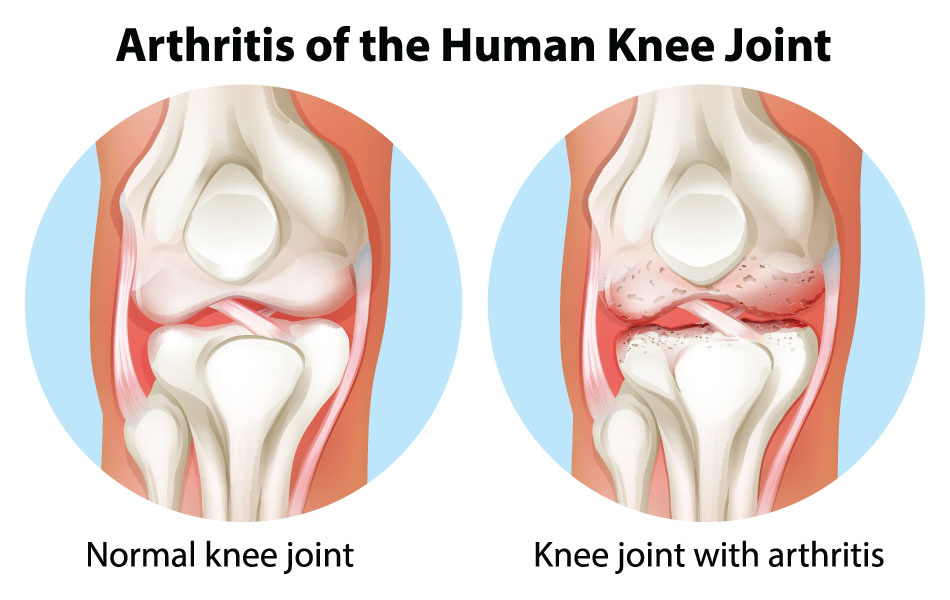The Ultimate Guide to Knee Health: Everything You Need to Know
When you hear someone say, “My knee’s acting up again,” you probably don’t realize how complex—and crucial—that knee is. Whether you’re a marathon runner, a casual walker, or someone who simply enjoys dancing around the house, your knees are the silent warriors that keep you moving. This article dives deep into the knee: what it is, how it works, what can go wrong, and most importantly, how to take care of it

What is the Knee?
The knee is the largest and one of the most complex joints in the human body. It’s a hinge joint, primarily responsible for flexion and extension of the leg, but it also allows for slight rotation. This versatility is both a strength and a vulnerability.
Anatomy of the Knee
Your knee is made up of:
- Bones: Femur (thigh bone), tibia (shin bone), and patella (kneecap).
- Cartilage: Cushions and reduces friction. The meniscus is a C-shaped cartilage that stabilizes and absorbs shock.
- Ligaments: ACL, PCL, MCL, and LCL provide stability.
- Tendons: Connect muscle to bone.
- Bursa: Fluid-filled sacs that reduce friction.
Real-life tip: Ever heard of someone “tearing their ACL”? That’s one of the main ligaments stabilizing your knee. It’s common in athletes and can take months to heal.
Common Knee Problems
No knee is safe from wear and tear or unexpected injury. Here are some of the most frequent issues.
1. Osteoarthritis
A degenerative joint disease, knee osteoarthritis is caused by the breakdown of cartilage over time. According to the CDC, it’s especially common in older adults.
2. ACL Injuries
Common in high-impact sports. The ACL can tear during sudden stops or changes in direction.
3. Meniscus Tears
A twisted knee can cause a tear in the cartilage, especially during contact sports.
4. Patellar Tendinitis
Also known as “jumper’s knee,” this overuse injury affects those who perform frequent jumping motions.
Diagnosing Knee Conditions
Knee pain can have multiple causes, so an accurate diagnosis is critical.
- Physical Examination: Doctors check for swelling, movement range, and pain points.
- Imaging Tests: X-rays, MRIs, or CT scans help visualize the damage.
- Arthroscopy: A minimally invasive procedure using a camera to look inside the knee.
How to Take Care of Your Knees
Prevention is better than cure, especially when it comes to the knees.
Exercise and Strengthening
Focusing on muscles that support the knee, like the quads, hamstrings, and calves, can reduce injury risk.
- Squats (when done correctly!)
- Lunges
- Leg raises
Maintain a Healthy Weight
Every extra pound puts additional stress on your knees. The American Academy of Orthopaedic Surgeons (AAOS) states that losing even a small amount of weight can significantly reduce knee pain.
Proper Footwear
Shoes matter more than you think. Supportive shoes can alleviate stress on your knees.
Rest and Recovery
Athletes and fitness enthusiasts, take note: overtraining can lead to chronic knee issues. Don’t skip those rest days!
Treatment Options for Knee Pain
If prevention fails, there are various treatment paths.
Non-Surgical Treatments
- Physical therapy
- Pain relievers (NSAIDs)
- Steroid injections
- Bracing
Surgical Treatments
- Arthroscopic surgery: Minimally invasive repair
- Partial or total knee replacement: For severe osteoarthritis
When to See a Doctor
Seek medical advice if you experience:
- Persistent or severe pain
- Inability to bear weight
- Deformity or swelling
- Limited range of motion









